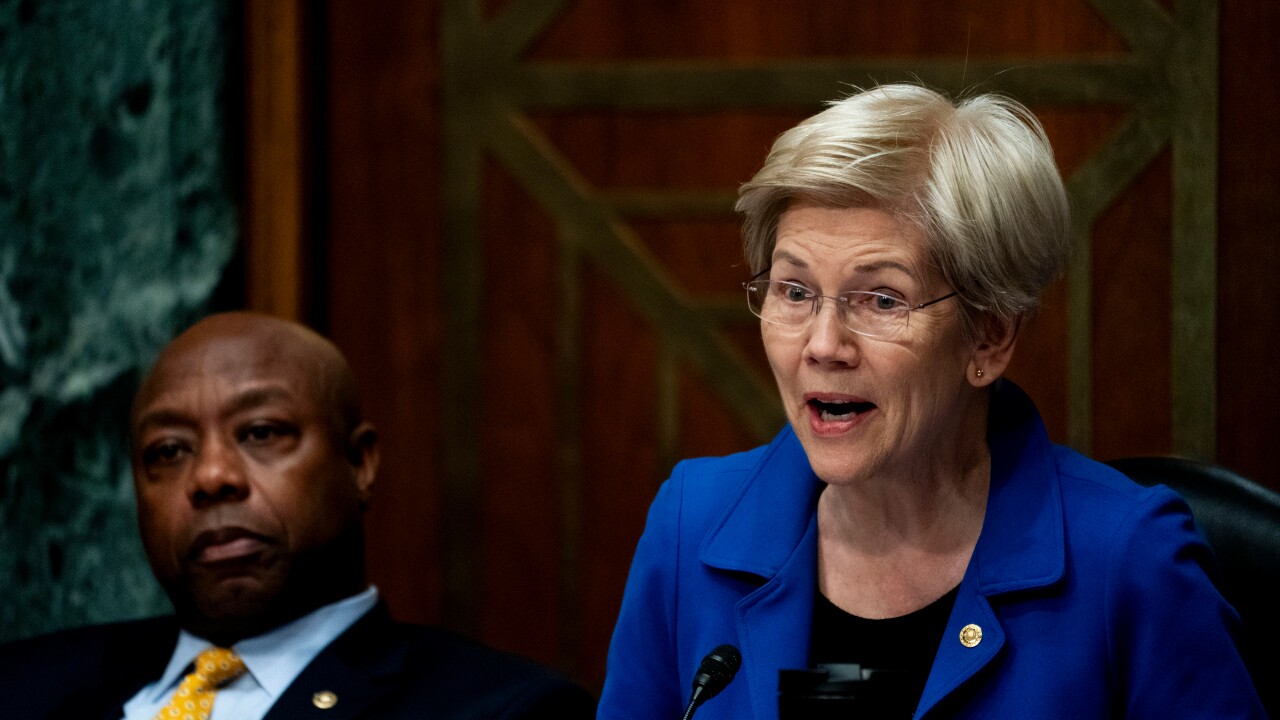The dollar fell to a post-war low against the German mark Friday, and the Treasury market responded with a sell-off.
After rising more than a half point in early trading, the long bond fell 3/8 point below Thursday's level, to yield 7.34% by the New York close.
The early gains were partly in response to economic data and partly a reaction to President Bush's acceptance speech at the Republican National Convention Thursday night.
On the economic front, the Federal Reserve Bank of Philadelphia reported that manufacturing activity in the metropolitan region expanded during August, but at a slower pace than July.
The bank's index registered its sixth consecutive positive reading, which means activity is increasing. But the level fell to 12.5%, compared to the July reading of 27%.
Samuel Kahan, chief financial economist for Fuji Bank, said the index further supports the market's genera perception that the economy is "expanding but at a sluggish pace."
Mr. Kahan said unless upcoming indicators show some signs of life in the economy, the Fed is likely to ease interest rates again.
On the political front, the market took on a firmer tone both overseas and early in the New York session after President Bush indicated in his speech he would not call for programs that might increase the federal budget deficit.
Market participants had been nervous that the President would propose tax cuts without commensurate spending reductions to offset the lost revenues.
But Mr. Bush, in accepting the Republican nomination for a second term, said he would insist any tax cuts be matched on the spending side.
"Bush's speech reduced the fear that his economic policy would necessarily balloon the federal deficit," one market participant said. "Most of the gains came from the fact that Bush didn't say anything silly."
But the firmer tone that opened trading Friday was erased when several central banks intervened unsuccessfully to boost a falling dollar in the late morning.
The effort failed and the dollar proceeded to hit a post-war low against the German mark, trading late in the day at 1,4300 compared to Thursday's level of 1.4478.
The slide came despite concerted efforts by several central banks to stem the tide, which market participants said showered the dollar was particularly vulnerable.
"The worrisome factor would have to be the failure of central bank intervention to prop up the greenback," said John Lonski, senior economist at Moody's Investors Service.
But Mr. Lonski said that if the dollar is weakening because of fears of higher rates in Europe, "then I think the fears are overdone."
"The U.S. economy will outperform Japan and Europe in the near term, and there's a good chance Western European interest rates have peaked," he said. "So the interest rate differential that is damaging the dollar in favor of Western European currencies might begin to subside in the fourth quarter of 1992."
One market participant said the dollar's slide was "frightening investors off from long-term Treasury securities."
Adding to the price volatility was extremely thin trading levels, which market players attributed to the decision of some investors Friday to take a three-day weekend.
The September bond futures contract closed 18/32 lower at 106 8/32.
In the cash market, the 7 1/2% 30-year bond was 3/8 lower, at 98 22/32-98 26/32, to yield 7.34%.
The 6 3/8% 10-year note also fell 3/8, to 98 29/32-99 1/32, to yield 6.50%.
The three-year 4 5/8% note was down 5/32, at 100-100 2/32, to yield 4.60%.
In when-issued trading, the two-year note to be auctioned Tuesday was offered at 4.13% and the five-year note to be sold Wednesday was yielding 5.54%.
Rates on Treasury bills were mixed, with the three-month bill down one basis point at 3.08%, the six-month bill unchanged at 3.18%, and the year bill four basis points higher at 3.33%.
In other news last week, the federal budget deficit for July was reported at $44.6 billion due to larger-than-expected outlays. Market participants had been expecting only a $39.6 billion gap, but the news had little impact on the market.
The federal government ran a $40.8 billion gap in July 1991 and a $25.9 billion deficit in July 1990.
Market participants said this week will likely be quiet, with Wednesday's durable goods report for July and Thursday's unemployment data expected to be the most-watched releases.
The two-year and five-year note auctions are expected to go well, Mr. Lonski said.
Treasury Market Yields
Prev. Prev.
Friday Week Month
3-Month Bill 3.12 3.11 3.21
6-Month Bill 3.25 3.23 3.32
1-Year Bill 3.44 3.36 3.54
2-Year Note 4.06 4.08 4.19
3-Year Note 4.60 4.63 4.65
5-Year Note 5.49 5.49 5.63
7-Year Note 6.02 6.02 6.18
10-Year Note 6.50 6.50 6.72
15-Year Bond 6.91 6.92 7.08
30-Year Bond 7.34 7.32 7.56
Source: Cantor, Fitzgerald/Telerate





